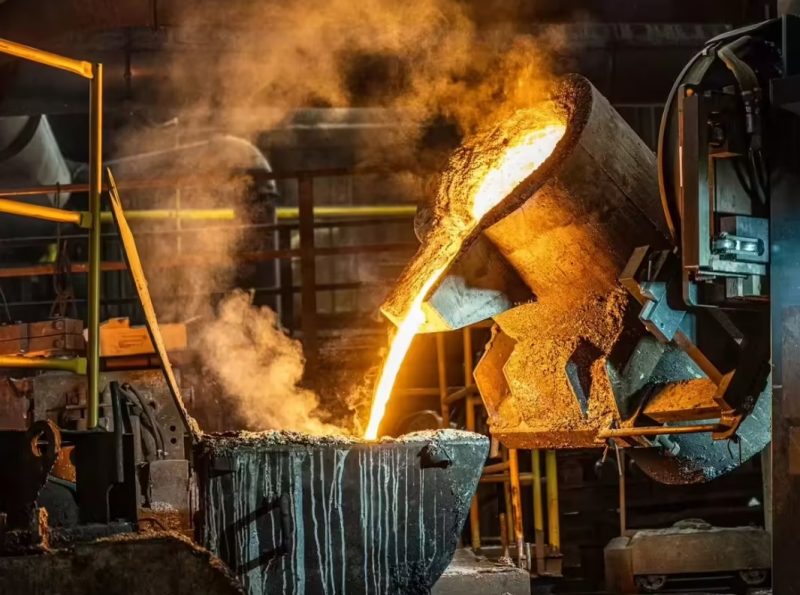
Tax Issues Hinder Scrap Usage in India’s Secondary Steel Industry
India’s secondary steelmakers face significant tax challenges due to government policies targeting scrap buyers when suppliers default on GST payments. The reverse charge mechanism, introduced in October 2024, holds scrap buyers liable if sellers evade taxes. This often results in double taxation, penalties, and interest for genuine buyers, discouraging scrap use. Industry experts at the All India Induction Furnaces Association (AIIFA) event highlighted that this issue reduces scrap demand and pushes manufacturers toward direct-reduced iron (DRI) or sponge iron as alternative raw materials. The growing share of DRI now accounts for 40-45% of India’s secondary steelmaking.
Power Tariffs Increase Costs for Secondary Steel Producers
Alongside tax woes, high power tariffs in Maharashtra elevate production costs for steelmakers, creating regional disparities. Maharashtra’s industrial electricity rates are higher compared to other steel-producing states, affecting competitiveness. However, the state government plans to reduce industrial power tariffs by 8% by fiscal 2029-30, which could ease cost pressures. Secondary steel clusters exist mainly in eastern India’s iron-rich regions, with additional hubs in Maharashtra and Punjab. The sector’s ambition to adopt renewable energy remains challenged by the lack of a uniform electricity policy for energy-intensive industries.
SuperMetalPrice Commentary:
India’s secondary steelmakers confront a complex mix of regulatory and cost pressures that impede the scrap market’s growth. Addressing GST complications and organizing the scrap supply chain are critical to boosting domestic scrap use. Such reforms will support India’s green steel ambitions by reducing reliance on carbon-intensive alternatives like DRI. Meanwhile, power cost reductions in Maharashtra will provide much-needed relief but must be complemented by a comprehensive energy policy. Policymakers and industry must collaborate to balance tax fairness, environmental goals, and economic viability in India’s evolving steel sector.




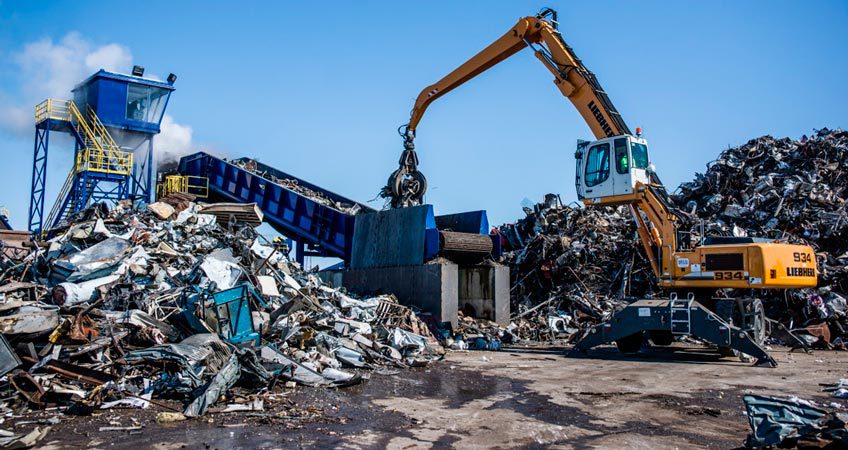


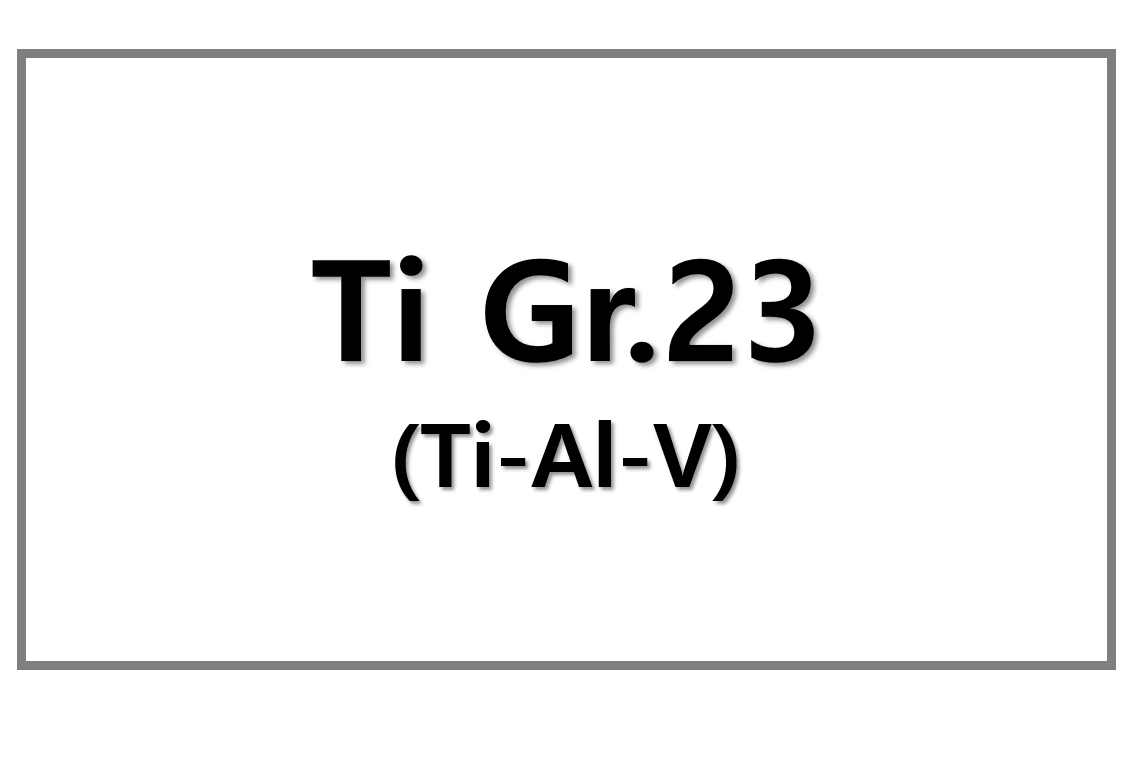
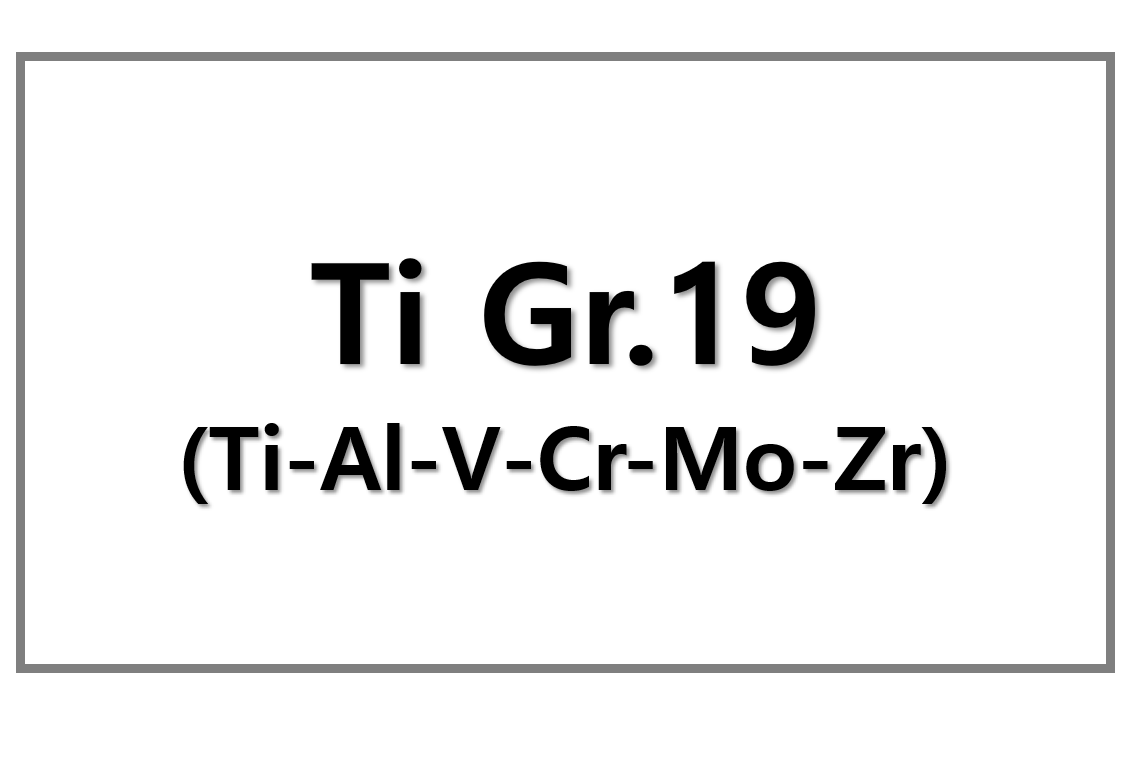
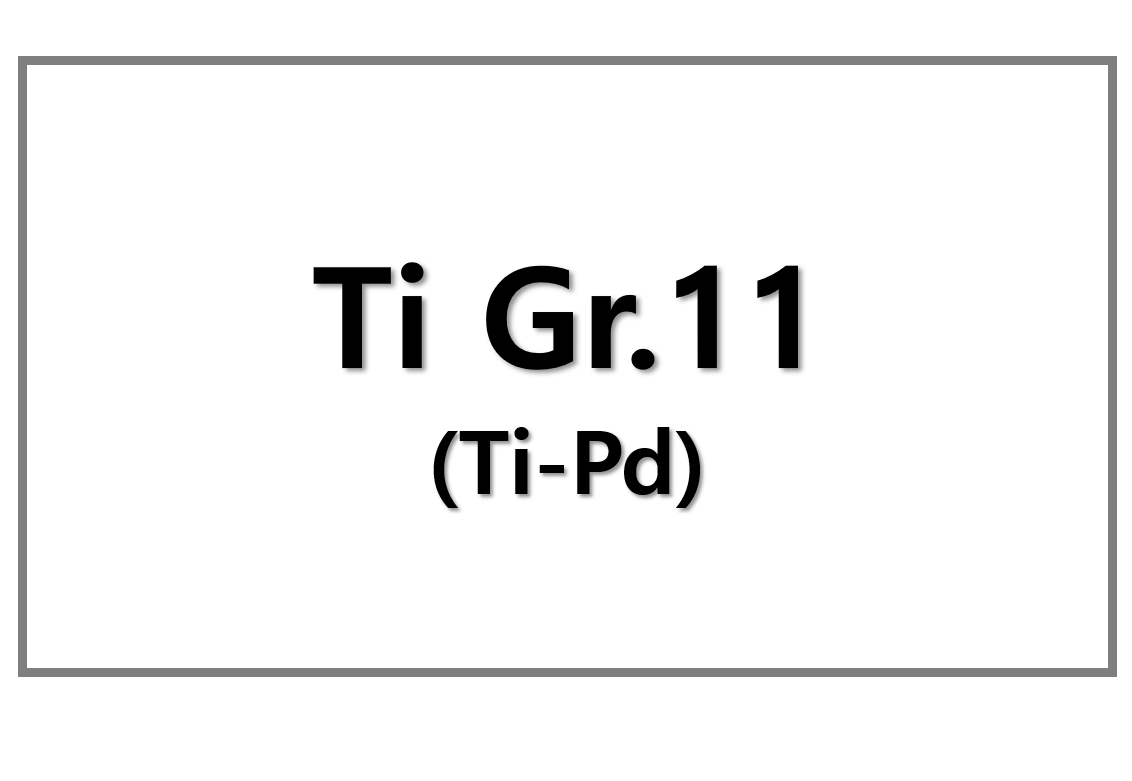
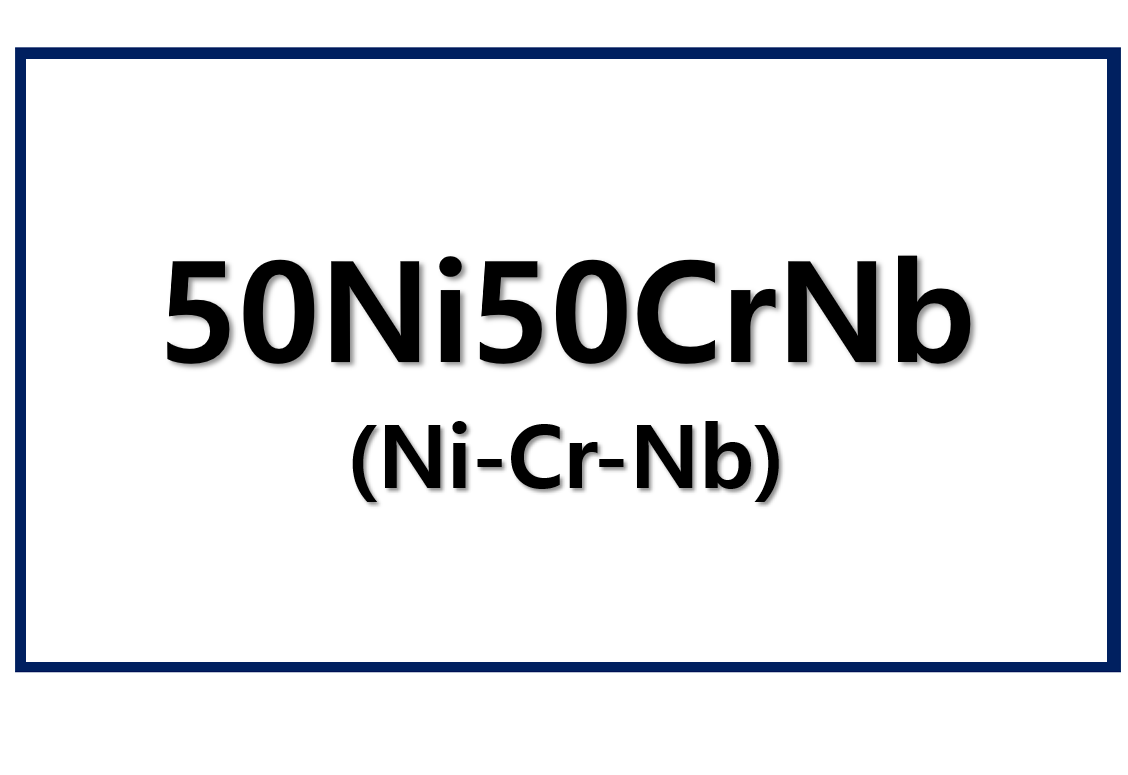
Leave a Reply
You must be logged in to post a comment.